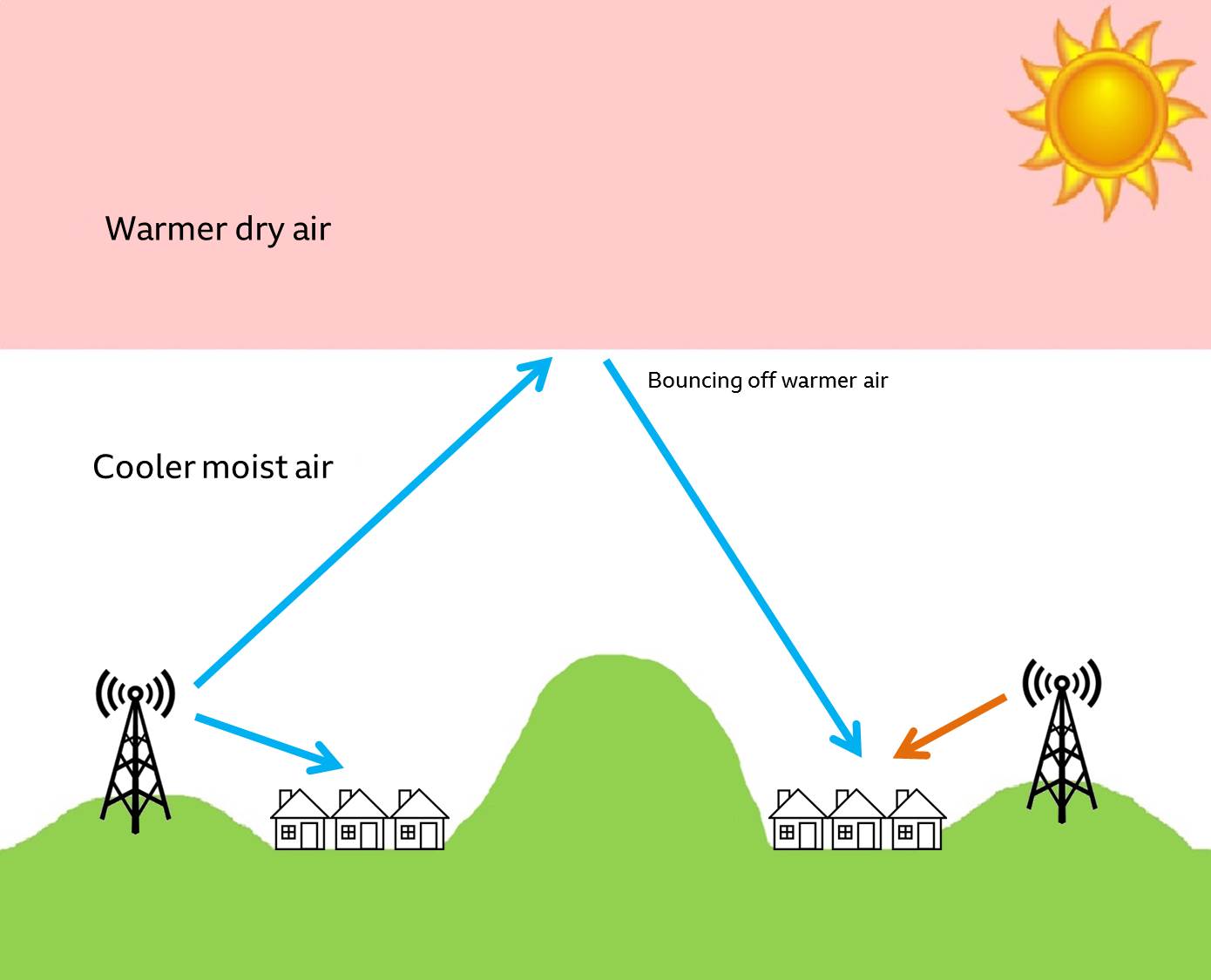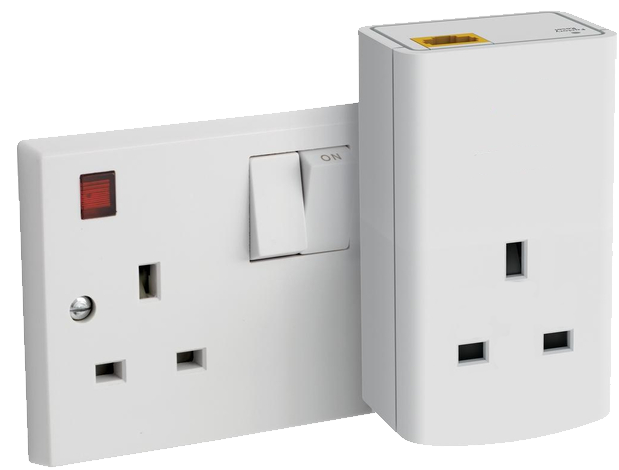Digital television allows us to bundle a number of television services into what is known as a multiplex and to broadcast them all on one frequency from a transmitter. Your television, or set-top box, then pulls out each individual service in the multiplex and allows you to watch it.
A number of multiplexes can be transmitted from each transmitter site, allowing a wider range of stations to be broadcast.
Freeview Multiplexes
There are three Public Service Broadcast (PSB) multiplexes known as PSB1, PSB2 and PSB 3. There are also a number of commercially operated multiplexes, known as COM4, COM5, COM6 and COM7. In some areas there are also local television multiplexes which usually start with LTV.
Why are multiplexes used?
Using a multiplex enables us to broadcast a number of television channels at once using just a single frequency. This allows broadcasters to use the spectrum allocated to television to the maximum, giving you more stations to choose from. We are able to do this using technology that allows the television channels to be compressed together into a multiplex and then fed to the distribution network for transmission.
Other services, such as radio stations, subtitles and audio description can be added into a multiplex. Each multiplex also carries the service information which includes the data needed for EPGs.
Digital transmission needs less power than analogue, so it is more cost-effective and environmentally friendly.
How many multiplexes can I get where I live?
The public service multiplexes are broadcast from over a thousand transmitters across the UK. Between them they cover over 98.5% of the population.
The commercial multiplexes are broadcast from a much smaller number of transmitters and cover 90% of the population. There are also COM7 multiplexes which broadcast from even fewer sites and cover about 63% of the population.
In some cities and surrounding areas, one or more local TV multiplexes may be available. These carry a channel dedicated to the local area, plus some additional commercial services.
The transmitter checker can give you an indication of the expected quality of the multiplex signal you can receive at your location.

